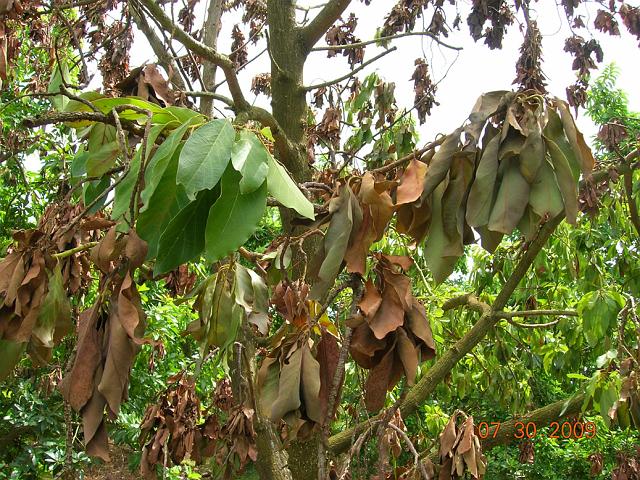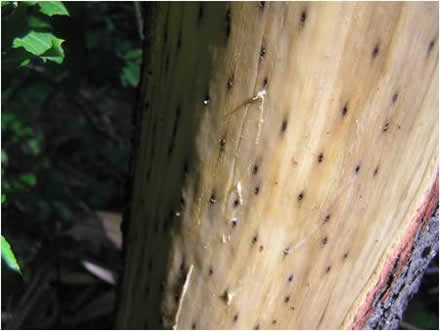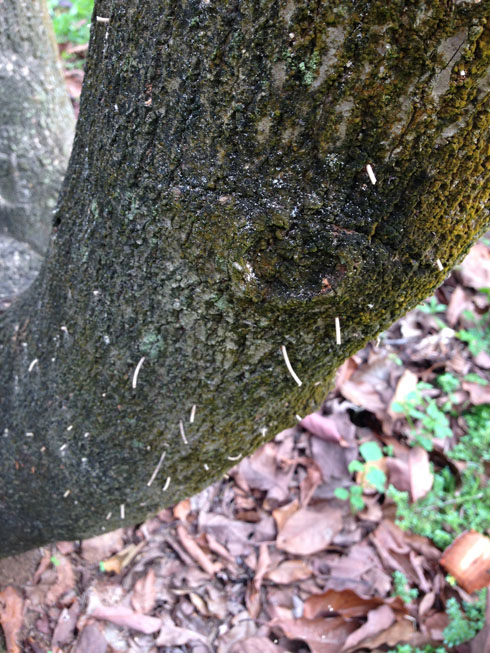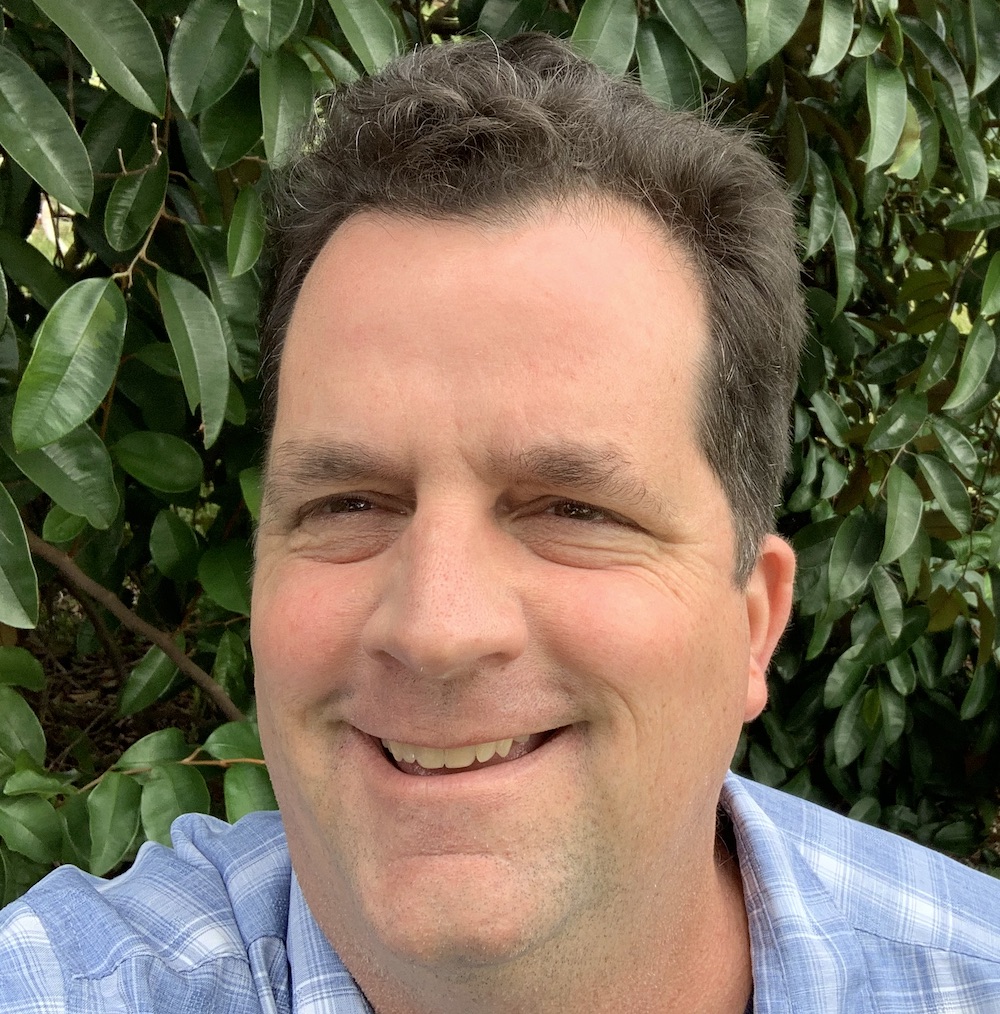
Laurel Wilt - a Disease Impacting Avocados
A battle is being waged in the avocado groves of South Florida where the region’s largest and most economically important fruit crop is under attack. Avocados account for approximately 4,200 acres in Miami-Dade County and have an economic impact of $54 million to the regional economy. The avocado industry has already lost over 300,000 trees due to laurel wilt since the introduction of the disease to Miami-Dade County in 2011.
The state of the battle against laurel wilt is in constant flux; current recommendations are evolving rapidly as we gain more knowledge and funding becomes available for further research.
Laurel Wilt in Avocados

In order to manage laurel wilt, suppression of the laurel wilt (LW) pathogen (the fungus Raffaelea lauricola) and the ambrosia beetle vectors (see photo below) is necessary.

Identifying Laurel Wilt
Frequent scouting of groves is necessary to locate LW affected avocado trees. LW may be detected by grove owners, managers, and their staff, as well as, through periodic helicopter surveys implemented by the Avocado Administrative Committee.
Early symptoms of LW are green wilted canopies which are particularly suspect if the symptomatic tree is located next to or near a completely desiccated, declining or dead tree. LW symptoms also include, brown, desiccated (dead) leaves that cling to the tree and do not drop for up to 12 months.
Subsequent symptoms include stem and limb dieback and underneath the bark, the sapwood may have dark blueish-black streaks. Trunks and/or limbs may have numerous small diameter holes with sawdust tubes (toothpick-like protrusions from the bark, see photo below), and/or sawdust clinging to the bark which is evidence of ambrosia beetles activity (i.e., boring into the tree).
If you find a tree you suspect has LW
In groves in which LW has not been previously diagnosed or where a new suspect tree is many rows from a previously affected tree or area, a sample of the sapwood should be taken for laboratory analysis and disease confirmation. For more information on how to get a sample of sapwood, please visit the Plant Diagnostic Clinic webpage.
After LW in one or more avocado trees in a grove has been verified, further sampling of LW symptomatic trees may be unnecessary (i.e., it may be assumed they have LW). Trees in severe decline, regardless of the cause, should be removed and destroyed immediately to halt reproduction of ambrosia beetles in the wood and to remove a likely source of future ambrosia beetle reproduction.

Current Recommendations
General sanitation
- Remove and destroy any trees in decline and dead wood (in trees and on the ground), these are breeding sites for ambrosia beetles that may transmit laurel wilt (LW).
- Keep groves pruned. Ambrosia beetles prefer shady areas and are less likely to go to groves that are well pruned.
- Scout groves often for signs of wilting, desiccated leaves on-trees, and stem and limb dieback.
- In groves that have not had LW, consider taking a sapwood sample to the Diagnostic Clinic at TREC.
- In groves that have had LW, sampling may not be necessary.
Early detection of laurel wilt
Sanitation for LW
- Remove the entire tree (above and below ground) and destroy by chipping and/or burning.
- Either burn or remove wood chips or spray wood chips twice with insecticide.
- Apply foliar insecticide twice to general area of LW affected trees.
Prevent root-graft spread of LW
- Spot treat (Opt. 1): Treat two to three healthy trees in all directions adjacent to a LW affected with Tilt®.
- Trenching (Opt. 2): Sever the root systems and isolate LW affected trees by a perimeter trench surrounding two to three healthy trees in all directions adjacent to LW affected trees.
For more information, see the full version of current recommendations.
If you have trees symptomatic for laurel wilt please contact Jeff Wasielewski, Commercial Tropical Fruit Crops Agent, (305-248-3311 ext. 227, jwasielewski@ufl.edu) for more information.
CONTACT

Jeff Wasielewski Commercial Tropical Fruit Extension Agent II jwasielewski@ufl.edu
Office Address 18710 SW 288 St. Homestead, FL 33030
Phone: (305) 679-0227 Fax: (305) 246-2932
Hours Monday - Friday 8:00AM – 5:00PM
